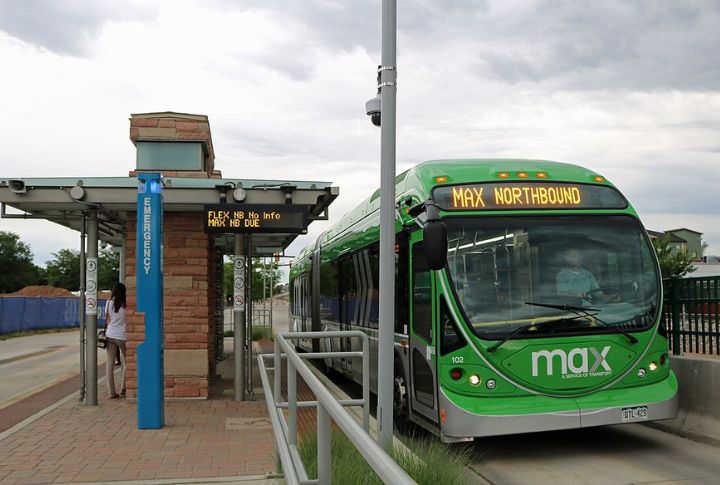
Big-city transit isn’t the only game in town. Across the U.S., smaller cities are demonstrating that efficient and trusted public transportation can thrive even in areas with a smaller population. Be it fueled by universities or sustainability goals, these 10 places deliver impressive conveyance energy.
Madison, Wisconsin
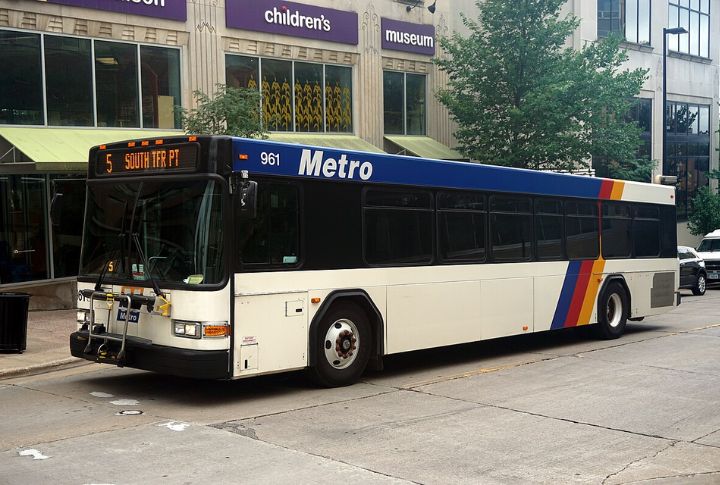
Madison operates one of the most reliable bus systems among small metros, serving over 9.2 million riders annually. Frequent runs link neighborhoods to downtown and the University of Wisconsin–Madison. This makes it easy to skip the car for daily trips and campus commutes.
Gainesville, Florida
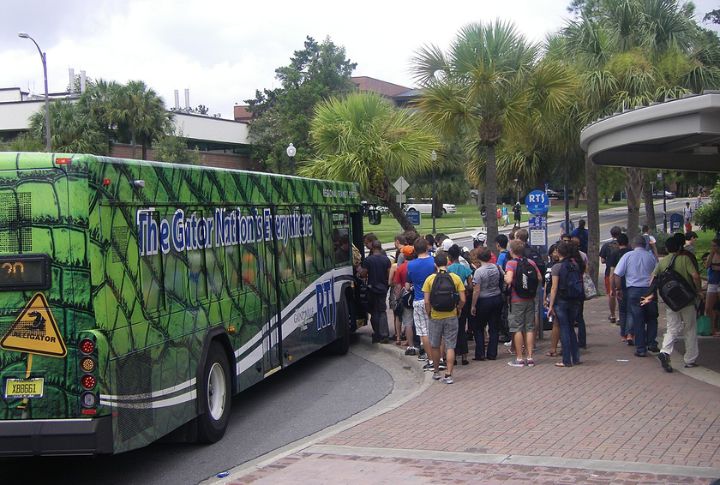
Supported by the University of Florida, Gainesville’s Regional Transit System (RTS) runs over 40 routes and logs millions of rides yearly. It’s free student rides and low-cost fares help residents reach jobs more easily and reduce traffic congestiont. Here, the transportation system is a stable alternative to driving.
Boulder, Colorado
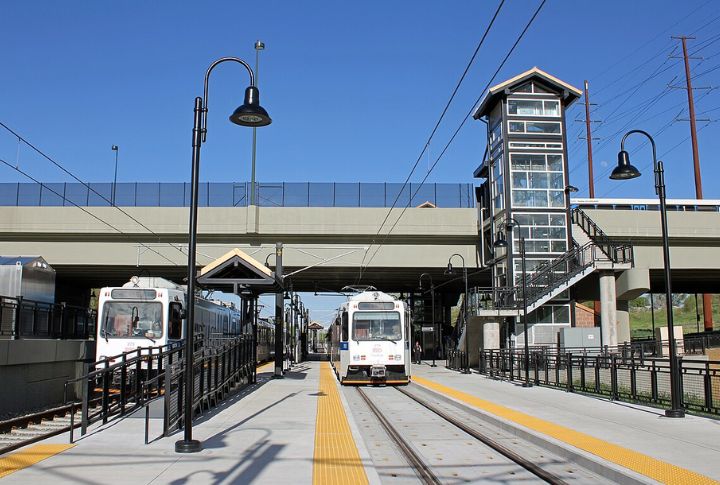
Boulder prioritizes electric buses and transit subsidies to reduce emissions. You’ll find programs like Boulder Clean Commute, which offer financial incentives for employees who bike or take public vehicles. By doing so, the city sets an example of making community mobility a key part of sustainable living.
Chapel Hill, North Carolina
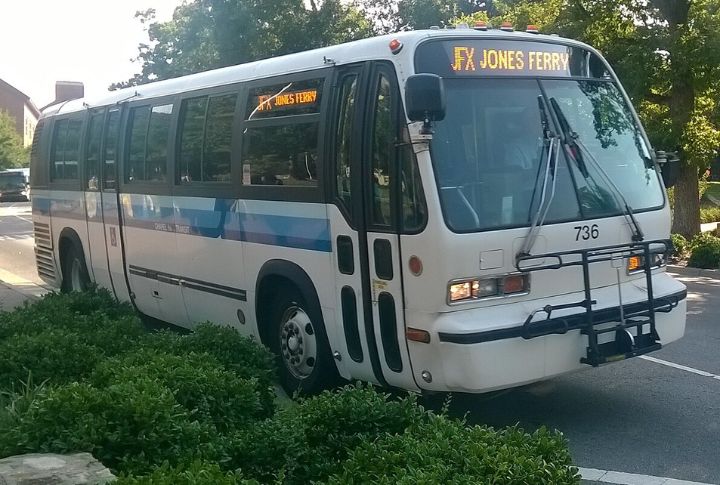
Designed with University of North Carolina students in mind, Chapel Hill’s transportation system gives free bus rides to university attendees. This significantly boosts ridership while reducing campus traffic congestion. The result is a more accessible, less car-dependent town that benefits both students and locals.
Ithaca, New York
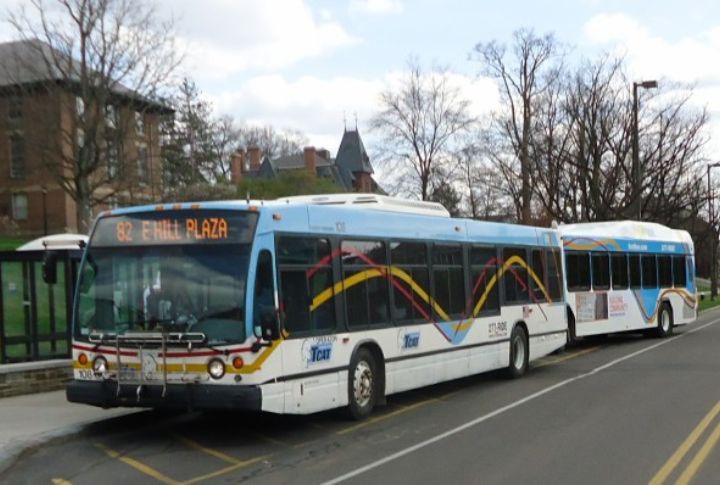
Situated in upstate New York, Ithaca surprises many through its exceptionally high per-capita conveyance use. TCAT buses efficiently serve Cornell University, downtown, and surrounding rural areas, providing nearly 4 million rides annually. For a metro area having fewer than 100,000 residents, that level of ridership is remarkable.
Eugene, Oregon
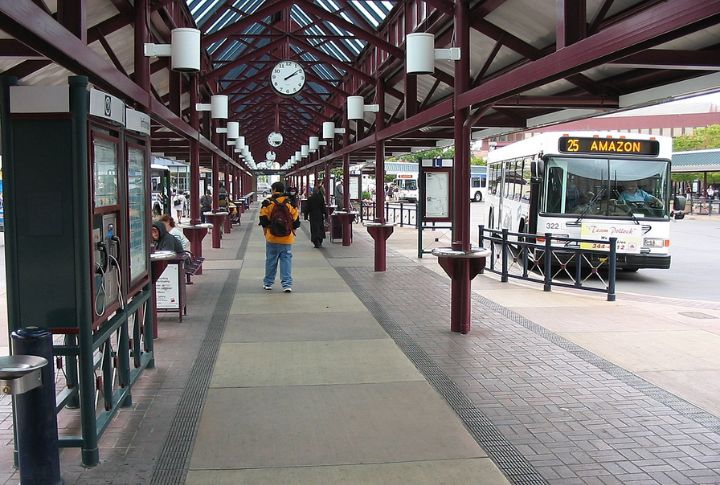
Eugene’s Lane Transit District uses community feedback to tailor routes and schedules to ensure service meets real needs. Such a personalized approach keeps riders engaged by aligning transportation options with daily routines. It also increases operational efficiency by reducing underused lines and improving service where demand is highest.
Blacksburg, Virginia
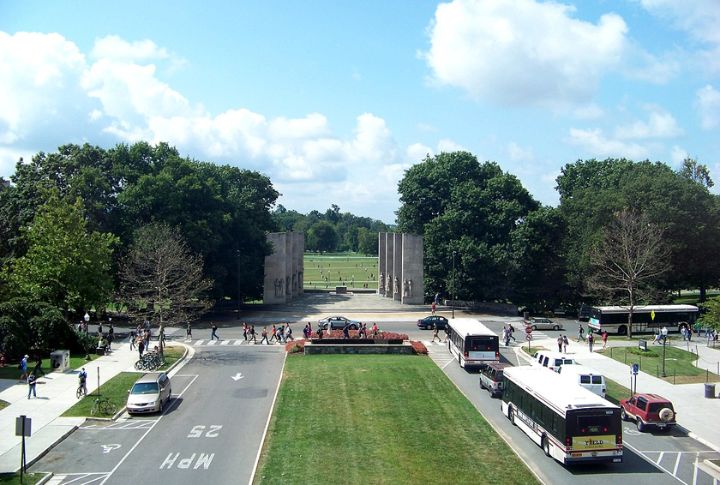
Funded by Virginia Tech, Blacksburg’s transit system offers fare-free service to students and low-cost access to the wider community. Through efficient coverage across the town and high ridership for its size, it proves that small college towns can lead on mobility without the need for personal vehicles.
Fort Collins, Colorado
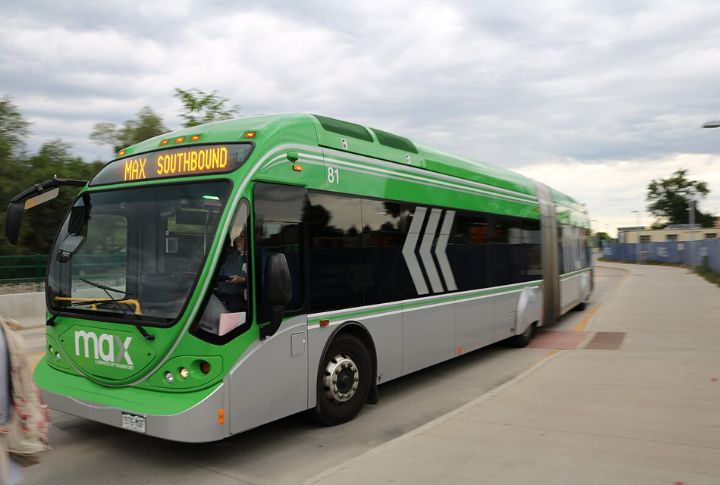
Transfort is the public transit system serving Fort Collins. It operates multiple routes, such as the MAX Bus Rapid Transit (BRT) line, which connects major destinations such as Colorado State University and the downtown area. In early 2020, Transfort eliminated fares systemwide, making transit more accessible and increasing ridership throughout the city.
Providence, Rhode Island
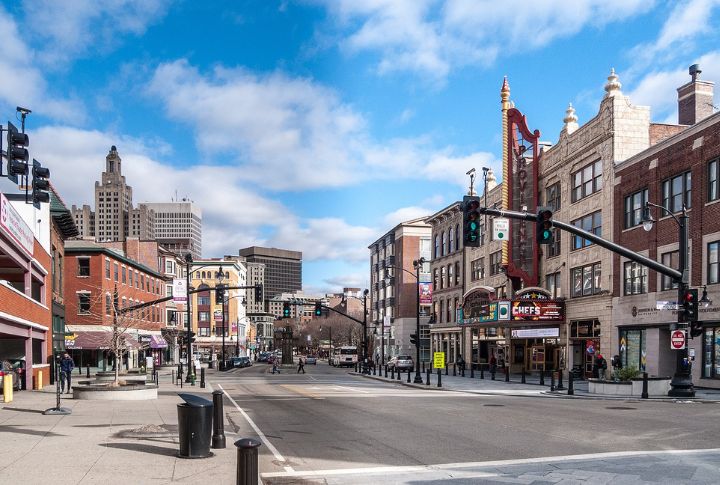
Public investment in dedicated bus lanes and modern stations has helped revitalize Providence. With faster and more reliable service, many people are choosing commuter service over driving. The increased access connects residents to various commercial establishments, supports local businesses, cuts parking demand, and improves mobility.
Missoula, Montana
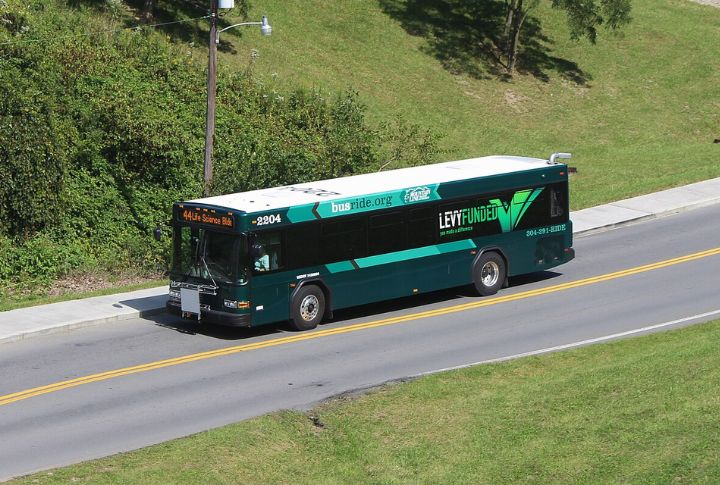
In 2015, Missoula eliminated travel fares, which resulted in a remarkable surge in ridership. Today, Mountain Line operates 12 routes, seamlessly linking schools and hospitals to neighborhoods. The system now features user-friendly smart apps and ongoing community input. All this shapes a more convenient city commuting network.

